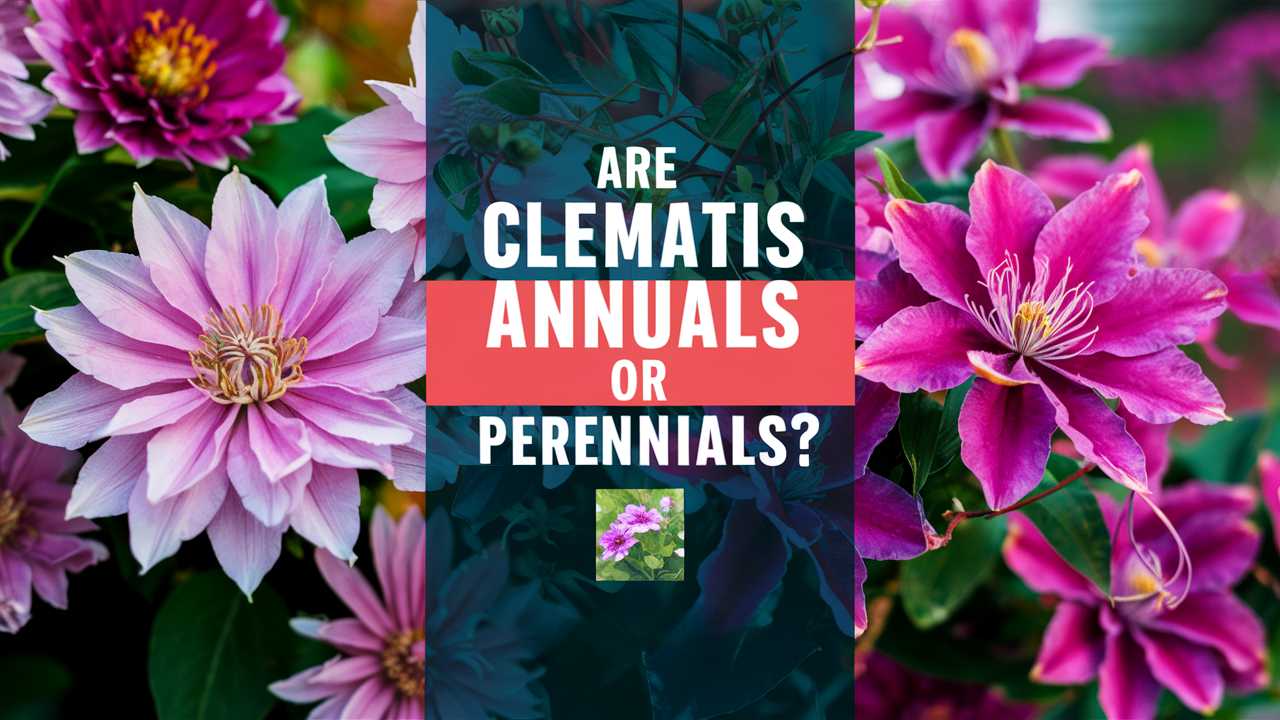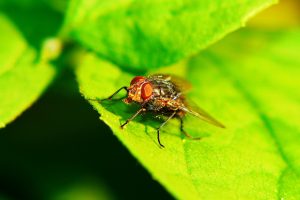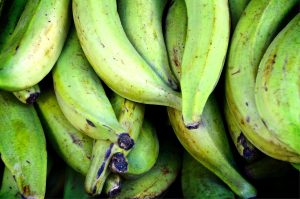In this guide, we will explore the characteristics of clematis, their life cycle, growing conditions, and the nuances that differentiate them from annuals.
Understanding Annuals and Perennials
Before diving into the world of clematis, it’s pivotal to understand the distinction between annuals and perennials.
What Are Annuals?
Annual plants complete their life cycle within a single growing season. They germinate, flower, produce seeds, and die—all within a year. Gardeners often appreciate annuals for their vibrant colors and ease of growth. However, they require replanting every year to maintain their visual appeal.
What Are Perennials?
Perennials, on the other hand, are plants that live for more than two years. They spend the first part of their life in a vegetative state (often below the ground) and re-emerge each growing season from their root systems. This characteristic grants them the benefit of returning year after year, often improving in vigor and health with age.
Clematis: A Brief Overview

Clematis is predominantly classified as a perennial flowering vine. With over 300 species and numerous cultivars, clematis offers a palette of colors, shapes, and sizes, making them an appealing choice for embellishing landscapes and gardens. They bloom throughout different seasons, depending on the specific variety, and offer expansive growing habits that allow them to thrive against trellises, fences, or even as ground covers.
The Lifespan of Clematis
While clematis are primarily perennials, their life cycle can manifest variations based on the species and growing conditions. Depending on the variety, clematis can grow vigorously for decades. Some varieties are known to thrive for as long as 50 years, establishing deep roots from which new growth springs each year.
The Growth Habits of Clematis
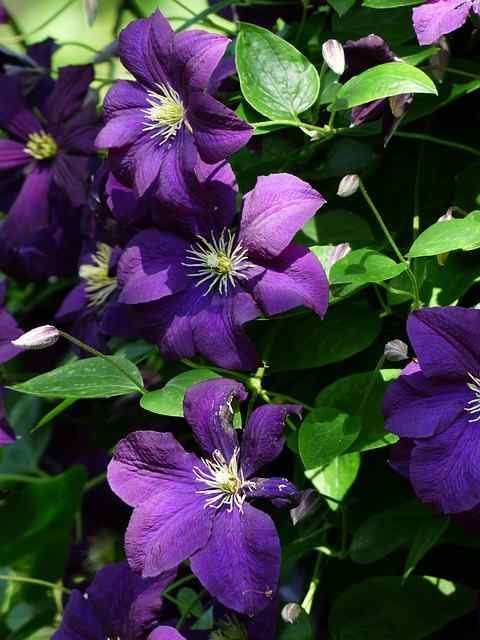
To effectively cultivate clematis, understanding its growth habits is essential. The grouping of clematis can aid gardeners immensely in deciding how to care for them.
Climbing Clematis
Most commonly, clematis are valued for their climbing capabilities. They feature tendril-like stems that can wrap around any support, such as a trellis, fence, or other plants. This natural climbing ability is crucial for ensuring that they receive adequate sunlight and airflow while also displaying their breathtaking flowers prominently.
Non-Climbing Varieties
While climbing clematis are the stars of the show, there are also species that grow more as shrubs or ground covers. These varieties tend to stay lower to the ground and can fill in garden beds effectively without requiring structures to support them.
Types of Clematis and Their Blooming Seasons
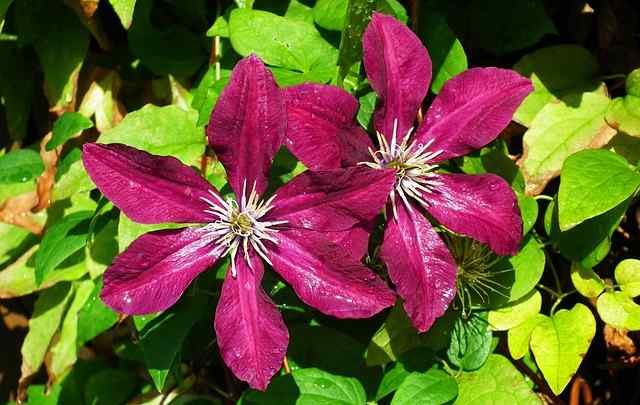
Clematis comes in several types, with their blooming characteristics dictated by their specific classifications. This classification system is divided into three main groups.
Group 1: Early Blooming Clematis
These varieties bloom on old wood, meaning they produce flowers on stems that have survived the winter. Examples include Clematis montana and Clematis alpina. They typically begin flowering in early spring, bringing much-needed color to gardens before many other plants have fully awakened.
Group 2: Late Spring to Early Summer Bloomers
This group blooms on both old and new wood. Varieties such as Clematis jackmanii and Clematis viticella fit into this category. They can be pruned back after flowering to encourage healthy growth for the next season, thus making them a favorite among gardeners who enjoy manipulation and control in the garden.
Group 3: Late Blooming Clematis
These clematis varieties produce flowers on new growth, making them the ideal option for those wanting to prune severely without fear of sacrificing their blooms. Planting types like Clematis terniflora can yield stunning flowers late in the summer into early fall, adding a second wave of interest to the garden.
Growing Conditions for Clematis
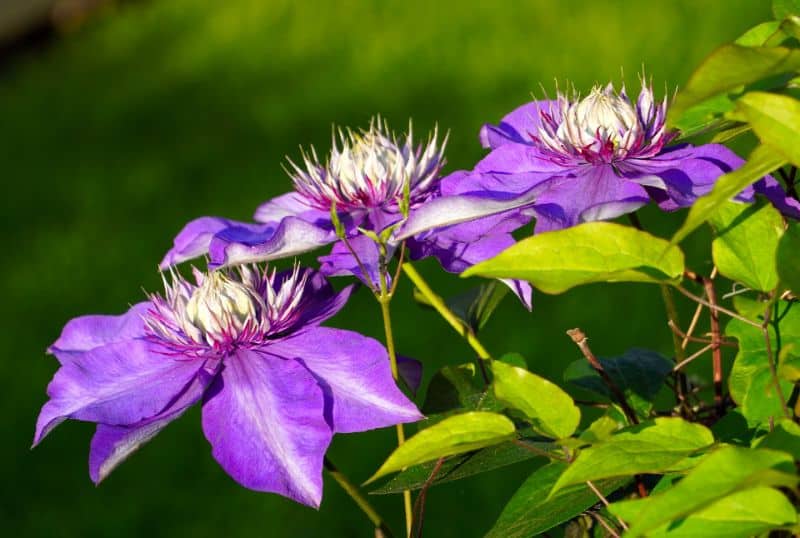
Much like any perennial, the health and longevity of clematis largely depend on its growing conditions. Here’s what you need to know to foster a flourishing clematis plant.
Sunlight Requirements
Clematis generally thrive in full to partial sunlight. Most species prefer at least six hours of direct sunlight for optimal growth and bloom production. However, it’s essential to ensure that their roots remain cool and shaded, as excessive heat can detract from their vitality.
Soil Type and Quality
Clematis thrive best in well-draining, nutrient-rich soil. The ideal pH level is between 6.0 to 8.0. Amend the planting area with organic matter, such as compost, to ensure proper drainage while enriching the soil. With the right soil conditions, clematis can establish strong root systems that support their growth for many years.
Watering and Fertilization
Clematis roots should be kept consistently moist, especially during the hot summer months. However, ensure that they are not waterlogged, as this can lead to root rot. Using mulch around the base of the plant can help retain moisture and keep the roots cool.
Regular fertilization can also promote vigorous growth. A balanced, slow-release fertilizer applied in the spring can stimulate healthy foliage and prolific blooms.
Cultivating Clematis: Care Tips
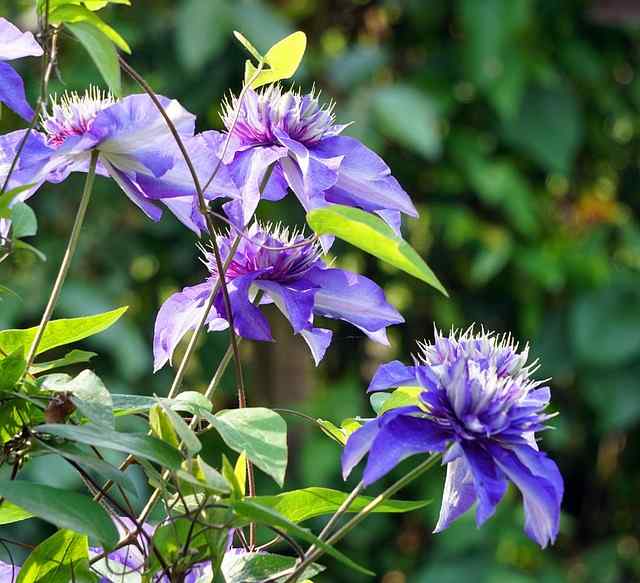
To ensure your clematis not only survives but thrives, here are some best practices for care and maintenance.
Pruning Techniques
Pruning is essential for maintaining the shape and health of clematis vines. Each group has distinct pruning requirements, which can also encourage increased flowering in the subsequent year. Understanding when and how to prune specific types is key to successful cultivation.
Group 1: Minimal pruning is required. Remove only dead or damaged stems after blooming.
Group 2: Prune back the spent flowers in early summer to promote a second bloom. Lightly prune old growth in early spring for health.
Group 3: Prune back to a couple of buds above the ground each spring to foster stronger new growth.
Supporting Growth
As a vine, clematis will benefit from support structures. Investing in trellises, arbours, or fences not only encourages them to reach for the sky but also showcases their beauty. Be sure to install these supports at the time of planting to minimize root disturbance.
Pests and Diseases
Clematis is relatively resistant to pests, but they can occasionally attract aphids, spider mites, and powdery mildew. Routine checks can help identify these issues early. Implementing organic pest management techniques is often the best way to maintain a healthy plant without resorting to harsh chemicals.
The Beauty of Seasonal Interest
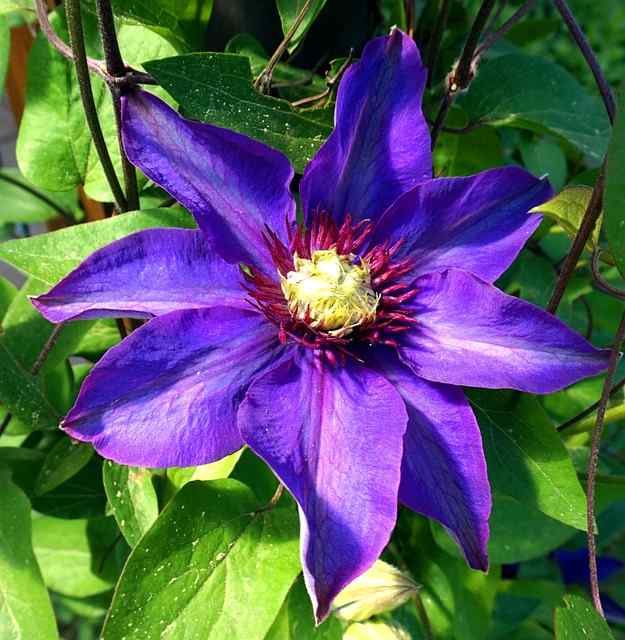
One of the greatest attributes of clematis as perennials is their ability to provide seasonal interest in the garden. Each group matures differently, allowing for varied blooms throughout the growing season.
Spring Delights
Group 1 clematis will bring joy in early spring, heralding the arrival of warmth with their exuberant flowers. Their fragrance and aesthetics can be an early source of beauty, lifting the spirits of all who see them.
Summer Spectacle
In the summer, the late-blooming varieties emerge, keeping the garden vibrant and colorful. As the heat intensifies, the clematis continue to blossom, providing a rich backdrop to the mid to late summer landscape.
Autumn Finale
Late blooming types can extend the garden’s visual appeal well into autumn, providing a final flourish of color. Their seeds can also offer interest in the winter months, as the spent blooms transform into fluffy puffballs, decorating the landscape even after the flowers fade.
Companion Planting with Clematis
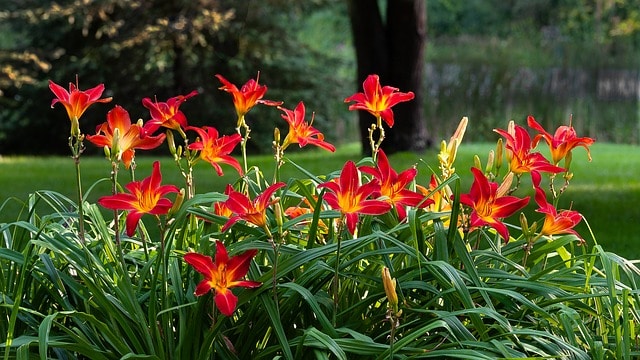
Clematis can serve as more than just decorative plants. Pairing them with complementary plants can enhance their beauty while creating a vibrant landscape.
Ground Cover Companions
Using low-growing perennials, such as creeping phlox or lamium, can anchor the base of clematis plants, ensuring coverage while preventing weeds. These plants can handle the shade cast by the clematis vines, offering a brilliant backdrop when in bloom.
Bold Accent Plants
Tall ornamental grasses such as Miscanthus or towering sunflowers can provide an interesting contrast to the climbing nature of clematis. This layering effect introduces visual height and complexity, creating a multi-dimensional garden.
Pops of Color
Planting other perennials that bloom at the same time as clematis, such as daylilies or coneflowers, can create a symphony of colors and textures, making the garden a more inviting space.


